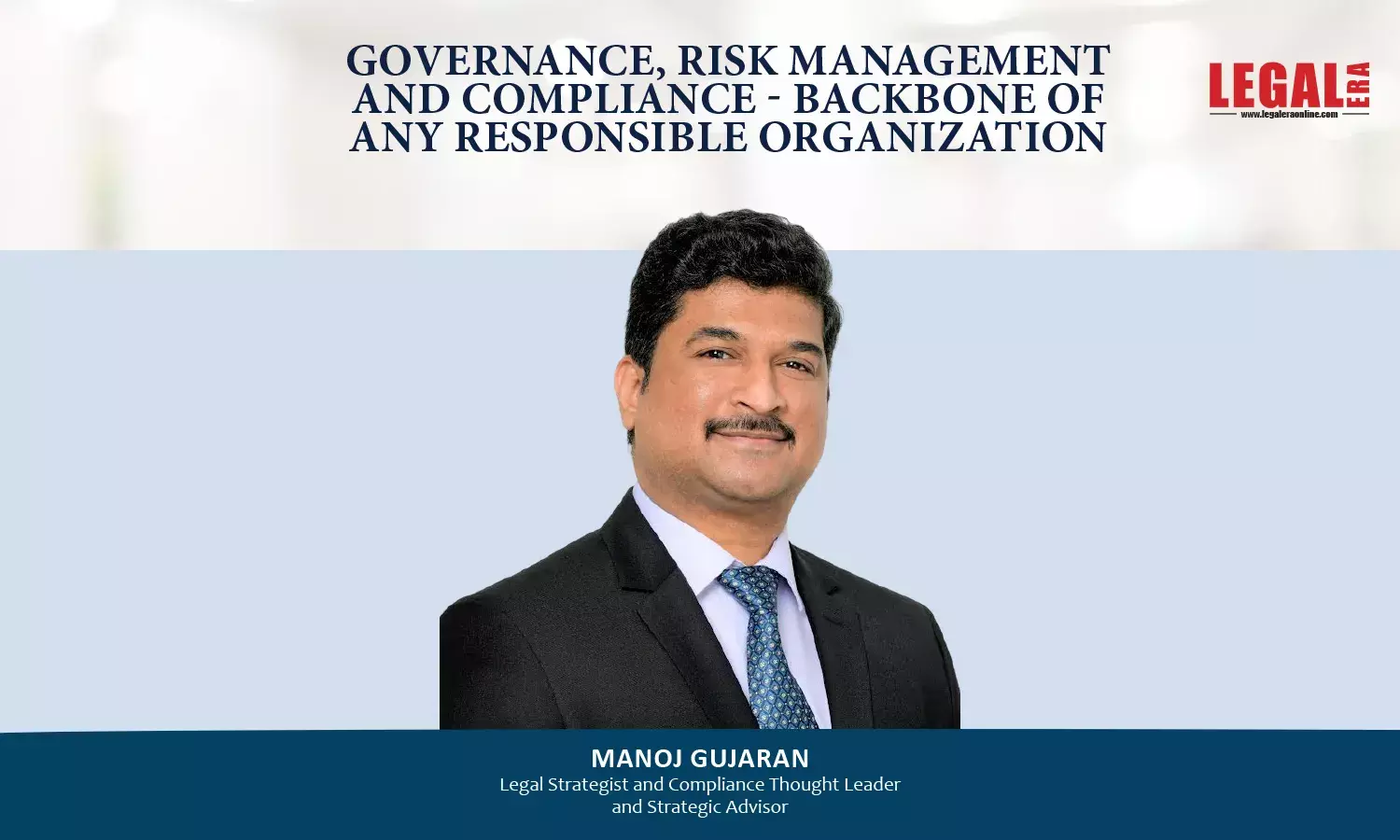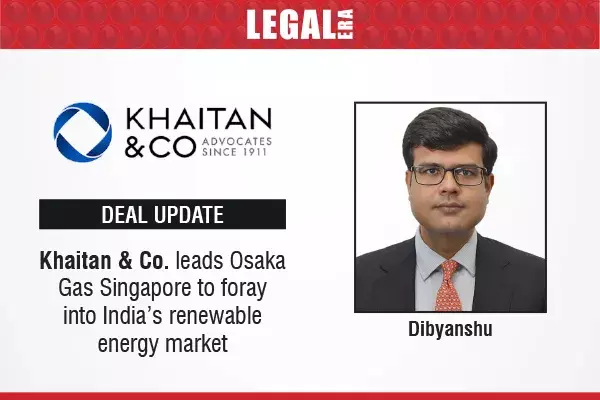Don't worry. The future is bright Warm Regards, Millennials

DON'T WORRY. THE FUTURE IS BRIGHT WARM REGARDS, MILLENNIALS For the longest time, the legal industry has been known for its formal approach and traditional ways of doing business. Work process and systems are set in place. Going online or digital, whether it is a law school or firm, was resisted. Now, with everything around us moving fast such as the advancement of technology and...
DON'T WORRY. THE FUTURE IS BRIGHT WARM REGARDS, MILLENNIALS
For the longest time, the legal industry has been known for its formal approach and traditional ways of doing business. Work process and systems are set in place. Going online or digital, whether it is a law school or firm, was resisted. Now, with everything around us moving fast such as the advancement of technology and artificial intelligence or the spreading of the novel coronavirus pandemic, many new age transformations have sprung up. Among all these, there is one area that is seeing a major makeover - the 'future of work'.
The future of work has always been a subject of interest but in most cases, it was yet to be adopted, studied and practiced until the pandemic hit. Sectors and industries and their respective companies were forced to bow down to technology and accept the concept of flexi-working.
Witnessing this, it is only right that we as lawyers and nation-builders of tomorrow keep up with the speed by becoming flexible and adaptive. And it's time to acknowledge that millennials, more popularly known as digital natives, have succeeded at this as they have grown up with technology.
"Of course, millennials will show us the way in designing operations and organizations where humans collaborate seamlessly with their digital counterparts."2
-Rajiv Maheshwari, CEO at Anand and Anand3
A recent publication by Thomson Reuters captures the huge influx of millennial attorneys that have and will be joining the legal workforce. By 2025, 75% of the workforce will be millennials thus making it obvious that legal workplaces have no choice but to move in sync with the rapidly changing environment.4
Deloitte carried out a Millenial Survey for 2020 targetting millenials from 13 countries and Generation Z from 20 countries. One of the key observations was that millennials experienced a drop in stress levels from 50% pre-pandemic to 42%. And among the Gen Zs, the drop was from 52% to 44%. When asked about their views on remote working becoming the norm, more than 60% from both sets of generation appreciated it as an option going ahead.5 In another recent survey report by Manipal Cigna in India, about 89% of the sandwich generation (age group 35-49 years) is suffering from stress, followed by 87% of millennials, and 64% of those age above 50+. It is clear that non-conducive workplaces causing higher stress at workplace lead to lower morale and possible resignations. That would mean a negative impact on the business.
Now, with millennials and Gen Z filling up the former generations' seats, the industry is cognizant that it's time to become more agile. However, the action towards this was slow until COVID-19 took over and pushed everyone to take some hard yet necessary steps.
"We felt that we need to change with the times– not that our policies were bad, but we really want to ensure that we are ahead of the curve."
-Amar Sinhji, Khaitan HR Director
It is relevant to note that remote working and flex-time working have always been around. But it was known to be a benefit that an organization provides to its employees rather than being an actual working model.6,7 A LinkedIn 2019 Global Talent Trends Report8 suggested that 72% of the professionals aspire for workplace flexibility. The report further adds that companies with work flexibility have a huge competitive advantage and there has been a 78% rise in job posts citing 'workplace flexibility'.
Khaitan & Co, one of the top performing law firms, put this model to practice from early 2019.9 A major chunk of their workforce is made up of young people with an average age of 31 or 32 years. Though they didn't start off with full-fledged remote working, they took baby steps and introduced some policies to test waters and kickstart a more flexible working system once if all goes smooth. One of these policies were to allow team members who've been with the firm for at least three years to work from home for up to 12 days per year, as long as they work from home for no more than two consecutive days.10
"In today's hyper-personalized and connected world, an individual's aspirations and belief-in-self are what drives them to choose a particular organization or field of work."11
Gig economy, a term used to describe the free, flexible and temporary variety of jobs individuals across the world take up online, seems to be the new norm. But it existed much before COVID-19 brought in changes. Businesses or customers can connect with these independent workers, located anywhere, and who are best suited for the job. In 2019, the gross value generated by this model was over US$ 200 billion. By 2023, the financial scope of the gig economy is projected to grow by 17% CAGR and cross US$450 billion.
Seeing how countries are adapting and emerging with this new model, India is positioned as the 5th largest country for flexi-staffing after US, China, Brazil and Japan.12
"What's really going to happen is basically alliances and collaborations of ecosystems coming from everywhere… These guys provide a one-stop solution to the clients because that's the need of the hour. This trend is only going to accelerate."
-Rajiv Maheshwari, CEO at Anand and Anand13
Rajiv Maheshwari, CEO at India's leading intellectual property firm, articulately describes in a panel discussion14 about a model developed by him – the '5 ACEs framework for Technology Adoption'. The five steps of this maturity model have the following stages – Availability, Applications, Automation, Augmentation, and Alliances. Under 'Alliances', he goes on to explain the gig economy scenario being the future in his view. People are now aware that they need to be open to alternate revenue streams, other techniques to grow in careers, and increase collaboration to be more creative in their specializations and practice areas.
Take 'Free Range Lawyers' for instance. A collective that was founded in 2019.15 They connect law firms with lawyers from across the globe to tap into their skills and engage them on short-term projects.16 This way, there is great scope for high-quality skills being used fittingly and at reasonable costs. The remote-working lawyers who are part of the collective are supported well in terms of ease of working remotely and on the assignments that they have undertaken. The collective also ensures that projects from the pool of law firms they have, are distributed equally thus ensuring equal opportunity among the lawyers.17 There are added cost-saving advantages such as reduction of office space and resources, minimal number of business trips and training, saving on energy and electricity et cetera. The recipe is simple. With flexible work hours and location, comes job satisfaction. With job satisfaction, comes productivity. And with productivity, comes revenue generation for any organization.
"Diversity brings people into the workforce, but inclusion is what helps retain them and make them feel like they're part of the corporate culture."18
– Alexander Alonso, Ph.D., Chief Knowledge Officer at SHRM
Diversity and inclusion play a major role to attract millennials. Millennials like to be a part of a diverse workforce. That's a demographic that prioritizes D&I above most parameters including salary. Gen Z wants to work in inclusive organizations. Gen Z prefers a work environment where airing views are comfortable. Gen Z does not look at companies with monotone cultures that do not promise an improved experience for everyone.
To tap into this workforce, organizations will need to shake off all rigidity and be more open to the different pools of talents sitting across the globe. And when a firm brings in individuals from different cultures and walks of life, there is an impulsive need to learn, keep up with trends and enjoy a competitive edge over peers. One is always alert and motivated to be their dynamic self.19
In fact, putting together transparent and gender-neutral policies is a clear recommendation to engage and unleash the potential of Indian Gen Y. Perhaps no single value exemplifies Gen Y's expectation from an organization than the persistent and universal demand for equality. They are resolute in their support for equal opportunities and practices and want bold and transparent policies that complement this ethos.20
Also, job loyalty rises as businesses address employee needs, from diversity and inclusion to sustainability and reskilling. In the primary survey by Deloitte21, more millennials said they'd like to stay with their employers for at least five years than would prefer to leave within two years. This is unprecedented since Deloitte first asked this question in our 2016 survey. It remains to be seen how pandemic-driven job losses will affect loyalty.
There is hope, though. A few large firms are beginning to address work/life balance, especially as more and more of their employees come from the Millennial Generation, whose members tend to have a work-to-live versus live-to-work philosophy.
Maureen Brady, Division Manager, Legal Solutions-Permanent Placement Division, Hudson.22
In addition to diversity, millennials demand work-life balance. That becomes another crucial factor that will affect the inflow of millennials to any organization. They wish to have a meaningful career and equally fulfill their other passions in life. They are very serious about their lifestyle preferences, and they will bet their futures on them. They have witnessed workaholic baby boomer or Generation X lawyers up close and personal, and they have seen the workaholic lifestyle played out in absentee parents, and work-related illnesses associated with stress. Behemoth companies are struggling with their inability to manage millennial and Gen Z employees who are questioning the workplace policies and their application in the nature of top-down or command-control. They prefer firms that offer them a combination that helps boost their personal as well as professional skills.
Relatedly, mental health is a concern and work-life balance a priority for many summer associates surveyed by the American Lawyer last year.23 42% said they are concerned about mental health or well-being as an attorney. It was the first time the publication asked about the issue in its survey of more than 3,600 summer associates at 82 of the world's largest firms. In keeping with fears about law firm stress, work-life balance was most often listed as a top-three factor the law students consider in evaluating a law firm's job offer.
And India has a startling statistic when it comes to mental health. A WHO report reveals that about 20% 24 of India suffers from some form of mental illness. That's one in every five persons, with stress and depression on the rise amongst millennials. The uncertain COVID-19 and the subsequent lockdown has further pushed the working millennials towards mental strain. Millennials are also driven by need for a sense of purpose and meaning in life, and the pandemic has only exacerbated this. Hence, a real look at ensuring mental Health is the need of the hour in today's time and the legal industry can ignore it only to its peril.
Yes, there are no easy answers to the future of work. A hybrid working model can also be the solution where there is an option to work from an office space other than working remotely. Flexible work times left completely to the individuals' control, allowing people to meet and collaborate with team members whenever needed and receive mentorship and training through pre-recorded online portals are ways and means to make a modern workforce come alive. This could be the future of work where the workforce made of millennials can enjoy work and pleasure, enjoy collaboration, learning, and wellbeing, and drive career advancement that ensures that the firm and the work force grow together.
2 https://emerginghr.com/2019/05/21/the-future-workforce-insights-fromthe- board-results/
3 https://www.youtube.com/watch?v=k5q3nBOgN0w
4 https://legal.thomsonreuters.com/content/dam/ewp-m/documents/legal/en/pdf/reports/s039305_0915.pdf
5 https://www2.deloitte.com/content/dam/Deloitte/global/Documents/About-Deloitte/deloitte-2020-millennial-survey.pdf
6 Ibid.
7 https://www.shrm.org/hr-today/trends-and-forecasting/research-and-surveys/Documents/SHRM%20Employee%20Benefits%202019%20Leave%20and%20Flexible%20Working.pdf
8 https://www.entrepreneur.com/article/331957
9 https://www.legallyindia.com/lawfirms/as-workforce-gets-younger-khaitan-takes-first-steps-to-working-from-home-intros-semi-flexible-hours-parenthoodcrunch-time-benefits-20181031-9635
10 Ibid.
11 Ibid.
12 https://www.thehindubusinessline.com/opinion/gig-work-indias-gen-z/article33102848.ece
13 https://www.youtube.com/watch?v=k5q3nBOgN0w
14 Ibid.
15 https://asialawportal.com/2020/05/19/the-worlds-only-remote-first flexi-lawyer-service-an-interview-with-katherine-thomas-ceo-free range-lawyers/
16 https://www.freerangelawyers.com/about/
17 https://www.freerangelawyers.com/benefits
18 https://www.accdocket.com/3-ways-companies-can-achieve-inclusivit all-levels
19 https://www.thehindubusinessline.com/opinion/gig-work-indias-gen-z/article33102848.ece
20 https://www.shrm.org/shrm-india/Documents/EMAW8.pdf
21 https://www2.deloitte.com/global/en/pages/about-deloitte/articles/millennialsurvey
22 https://www.monster.com/career-advice/article/do-your-worklife-balance-diligence
23 http://www.abajournal.com/news/article/42-of-summer-associates-surveyed-said-they-are-concerned-about-mental-health
24 http://www.businessworld.in/article/The-Growing-Mental-Health-Crisis-Among-Millennials-In-The-Country/10-10-2020-330008/
Disclaimer – The views expressed in this article are the personal views of the authors and are purely informative in nature.





